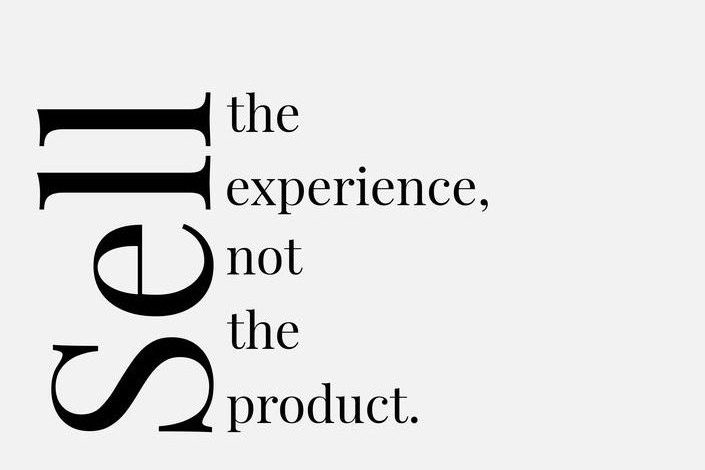
Color has always been fashion’s most persuasive language — a silent code that speaks before fabric, silhouette, or logo ever does. In business, it has become one of the most powerful tools for positioning brands, shaping consumer desire, and driving sales.
The Psychology of Hue
Red lipsticks sell faster than any other shade in the beauty aisle — a testament to the color’s universal association with confidence and power. Black, once reserved for mourning, became a symbol of timeless elegance when Chanel introduced the little black dress in 1926. Today, millennial pink, lavender haze, and “quiet luxury” neutrals dominate Instagram feeds, subtly guiding consumers toward a lifestyle rather than a single purchase.
“Color is never an accident in marketing. It’s the first impression — and often, the lasting memory.”
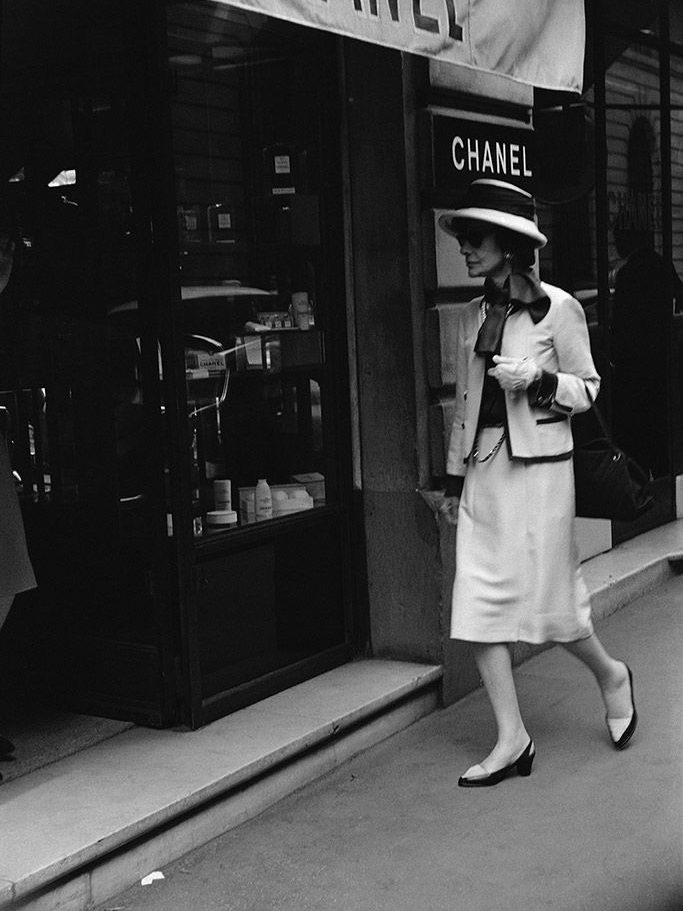
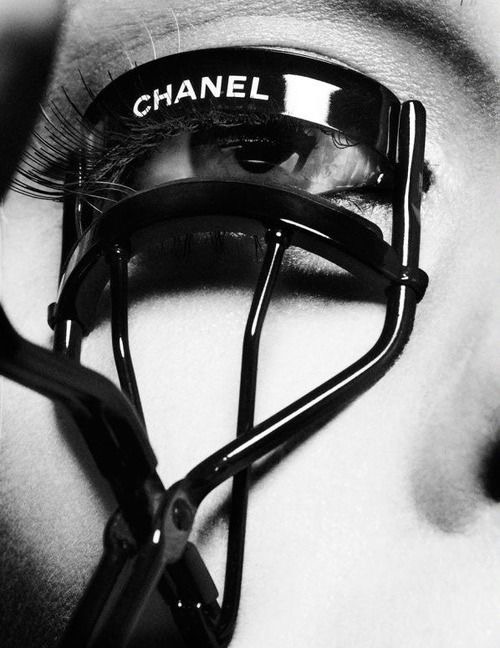
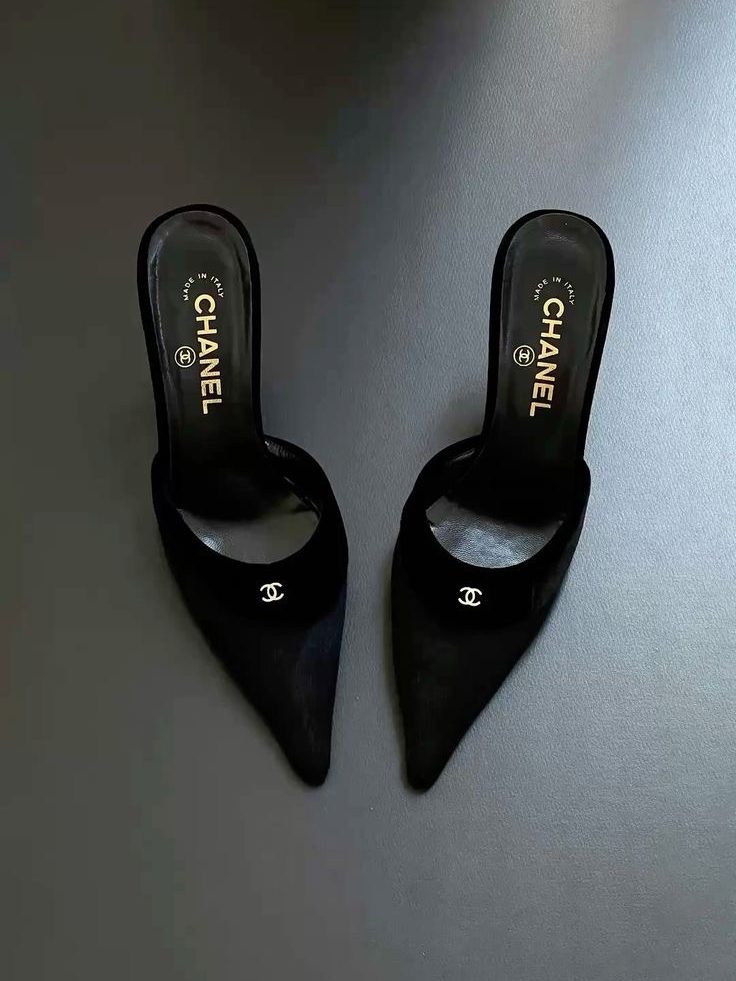
Case Study: Cosmetics

Fenty Beauty’s launch is a masterclass in chromatic inclusivity. By flooding the market with 40 foundation shades, Rihanna didn’t just change the palette of makeup — she redefined the industry’s business model. The message was clear: diversity in color equals diversity in customers. Sales soared, and other brands followed, proving that hues can reframe cultural narratives as much as market shares.
Meanwhile, brands like Glossier leveraged millennial pink not just as packaging, but as identity. The color became a shorthand for community, intimacy, and digital-era femininity. Sales were not just boosted by product efficacy but by consumers’ emotional connection to a shade that symbolized belonging.
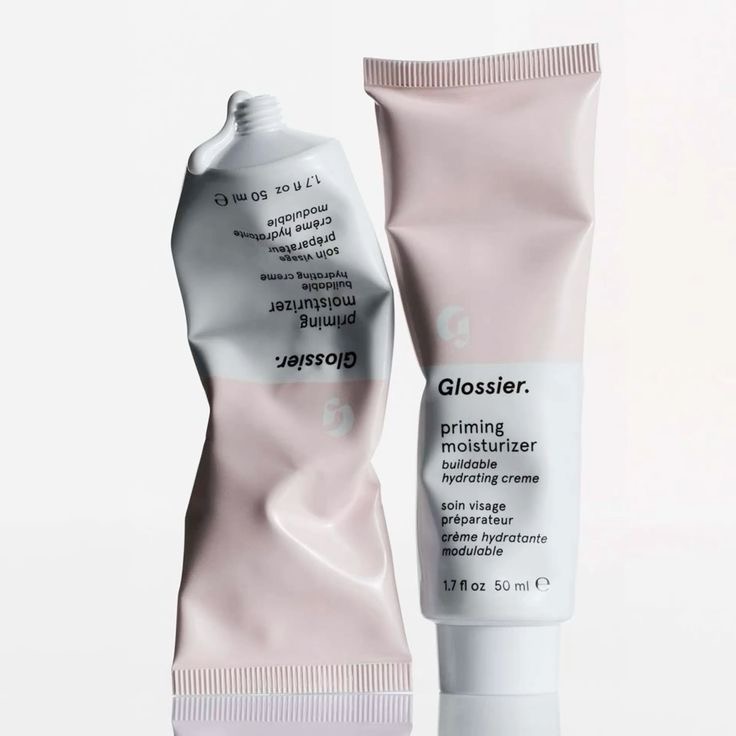
Case Study: Fashion
Think of Hermès orange — a color so iconic that it is now intellectual property. Or Bottega Veneta’s signature green, which turned accessories into instant social media sensations. In fashion, owning a color has become the new owning a logo.
In streetwear, Supreme’s red-and-white branding continues to prove that a single bold hue can build global cult status. Consumers don’t just buy the clothes; they buy the instant recognition of that chromatic stamp.
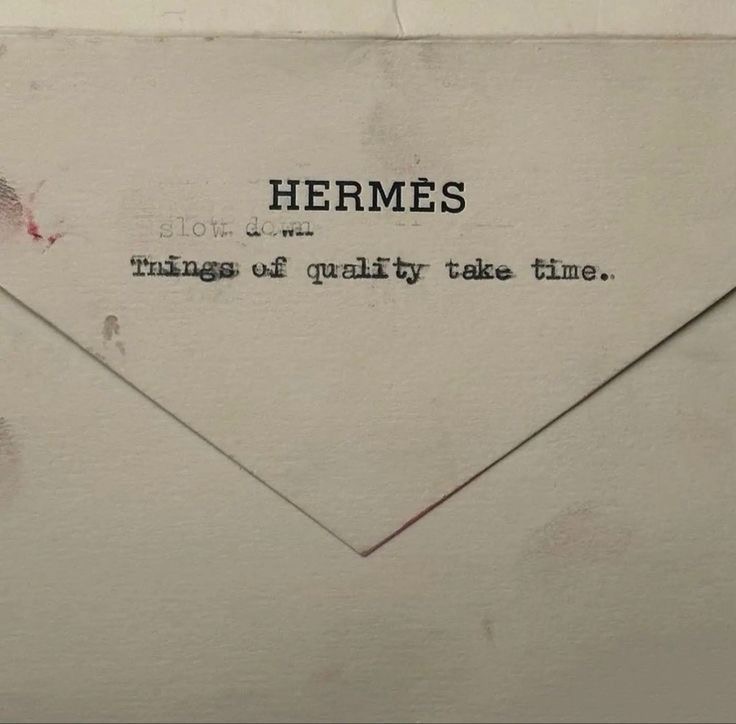
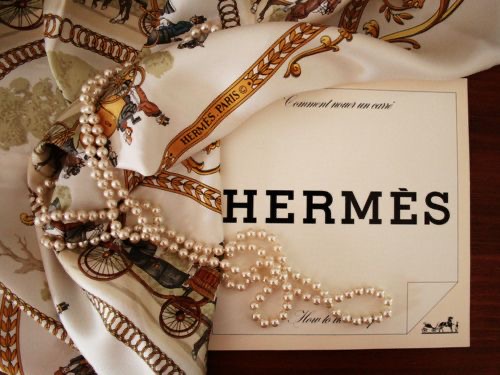
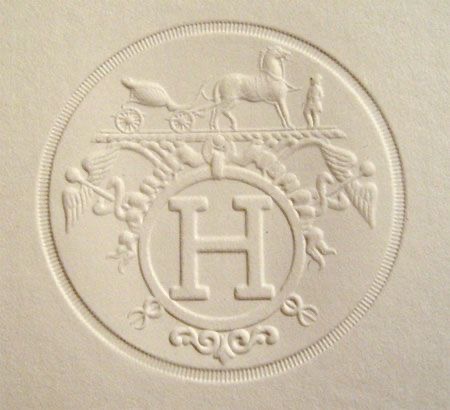
The Business of Color
The financial implications are striking. Studies show that up to 90% of a consumer’s first impression of a product is based on color. In the digital age, this impact is amplified — colors must stand out on a scrolling feed as much as on a retail shelf. Brands that master this balance — such as Jacquemus with its sun-soaked neutrals or Dior Beauty with its silver sophistication — see color as equity, not just aesthetics.

The Forecast: Chromatic Futures
Looking ahead, expect a shift toward shades that balance optimism with restraint. Eco-greens and earthy neutrals are predicted to rise, reflecting sustainability and wellness trends. At the same time, digital neon — colors designed for maximum impact on screens rather than real life — are expected to dominate Gen Z marketing strategies.
“Tomorrow’s most powerful brands won’t just sell products. They’ll sell palettes that shape identities.”
Closing Thoughts
From Dior’s silver cases to Glossier’s pink pouches, from Hermès orange boxes to Fenty’s foundation spectrum, the business of beauty and fashion is inseparable from the business of color. As consumer culture becomes ever more visual, brands are learning that the right hue is not just a detail — it’s destiny.
